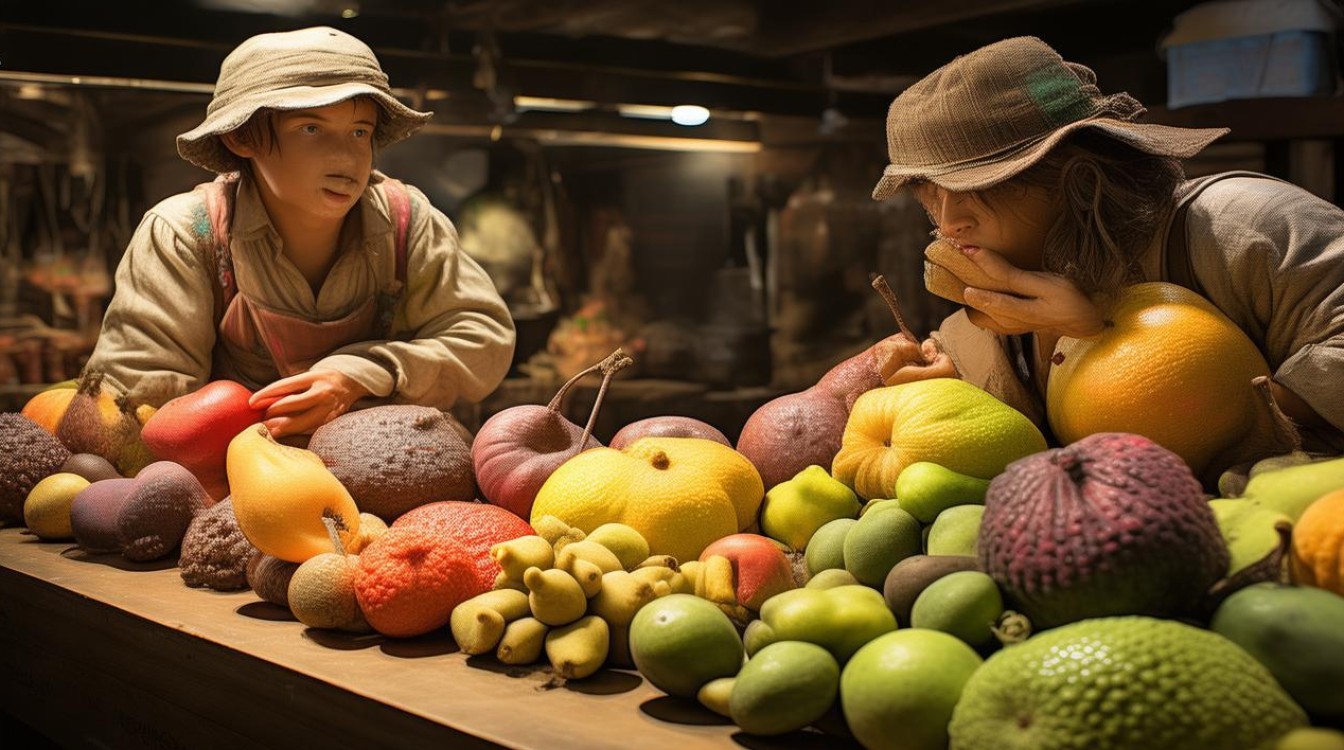Fruits beginning with the letter "R" offer a delightful variety of flavors, textures, and nutritional benefits. Whether you're expanding your vocabulary or seeking new additions to your diet, these fruits are worth discovering. Below is a detailed look at some of the most notable R-starting fruits in English.

Raspberry
Raspberries are small, vibrant berries known for their sweet-tart taste and soft texture. They grow on perennial plants and come in red, black, purple, and golden varieties.
Nutritional Highlights:
- Rich in antioxidants, particularly ellagic acid.
- High in fiber, supporting digestive health.
- Contains vitamin C, manganese, and folate.
Culinary Uses:
- Fresh raspberries are perfect for snacking or topping yogurt.
- Used in jams, desserts, and smoothies.
- Pair well with chocolate and cream in pastries.
Rambutan
Native to Southeast Asia, rambutan is a tropical fruit with a hairy exterior and juicy, translucent flesh. Its name comes from the Malay word "rambut," meaning hair.
Nutritional Highlights:
- Provides vitamin C, copper, and iron.
- Contains natural sugars for quick energy.
- Low in calories, making it a guilt-free treat.
How to Enjoy:
- Peel the spiky skin to reveal the sweet, lychee-like flesh.
- Add to fruit salads or enjoy fresh.
- Used in Southeast Asian desserts and beverages.
Redcurrant
Redcurrants are tiny, glossy berries that grow in clusters. They have a sharp, tangy flavor, often used in preserves and sauces.
Nutritional Highlights:

- Packed with vitamin C and K.
- Contains polyphenols for heart health.
- Low in sugar compared to other berries.
Culinary Uses:
- Ideal for jellies, jams, and compotes.
- Adds acidity to sauces for meats.
- Used as a garnish in desserts.
Rose Apple
Also known as water apple, this fruit has a crisp texture and a mildly sweet taste. It thrives in tropical climates.
Nutritional Highlights:
- High water content aids hydration.
- Contains vitamins A and C.
- Low in calories, suitable for weight management.
How to Eat:
- Enjoy fresh, like an apple.
- Add to salads for a refreshing crunch.
- Used in juices and cocktails.
Rhubarb
Though often treated as a fruit in cooking, rhubarb is botanically a vegetable. Its stalks are tart and commonly sweetened for desserts.
Nutritional Highlights:
- Excellent source of vitamin K and calcium.
- Contains fiber for gut health.
- Low in fat and calories.
Popular Dishes:
- Rhubarb pie and crumble.
- Stewed with sugar for compotes.
- Paired with strawberries in jams.
Raisin
Raisins are dried grapes, offering concentrated sweetness and a chewy texture. They come in golden, black, and red varieties.

Nutritional Highlights:
- High in natural sugars for energy.
- Contains iron and potassium.
- Provides antioxidants like resveratrol.
Ways to Use:
- Added to oatmeal, granola, and baked goods.
- Mixed into trail mixes.
- Used in savory dishes like pilafs.
Rockmelon (Cantaloupe)
Known as cantaloupe in some regions, rockmelon is a juicy melon with orange flesh and a sweet aroma.
Nutritional Highlights:
- Rich in beta-carotene (vitamin A).
- High water content supports hydration.
- Provides vitamin C and potassium.
Serving Ideas:
- Eaten fresh as a snack.
- Blended into smoothies.
- Paired with prosciutto in appetizers.
Rutabaga
A cross between a turnip and cabbage, rutabaga is often used as a root vegetable but has a sweet, fruity note when cooked.
Nutritional Highlights:
- High in fiber and vitamin C.
- Contains potassium for heart health.
- Low-calorie alternative to potatoes.
Cooking Methods:

- Roasted or mashed as a side dish.
- Added to soups and stews.
- Can be spiralized for low-carb noodles.
Rowan Berry
These small, bitter berries grow on rowan trees and are typically cooked before consumption due to their astringency.
Nutritional Highlights:
- Rich in vitamin C and antioxidants.
- Traditionally used for immune support.
- Contains sorbic acid, a natural preservative.
Uses:
- Made into jellies and syrups.
- Fermented into alcoholic beverages.
- Used in traditional medicine.
Rollinia
A tropical fruit native to South America, rollinia has a creamy, custard-like texture and a sweet flavor.
Nutritional Highlights:
- Contains vitamins B and C.
- Provides natural sugars for energy.
- Low in fat.
How to Eat:
- Scoop out the soft flesh.
- Blend into smoothies or desserts.
- Rare outside its native region but prized by fruit enthusiasts.
Final Thoughts
Exploring R-starting fruits introduces a world of unique flavors and health benefits. From the familiar raspberry to the exotic rollinia, each fruit brings something special to the table. Incorporating these into your diet can enhance both nutrition and culinary creativity. Whether eaten fresh, dried, or cooked, these fruits are worth savoring.


